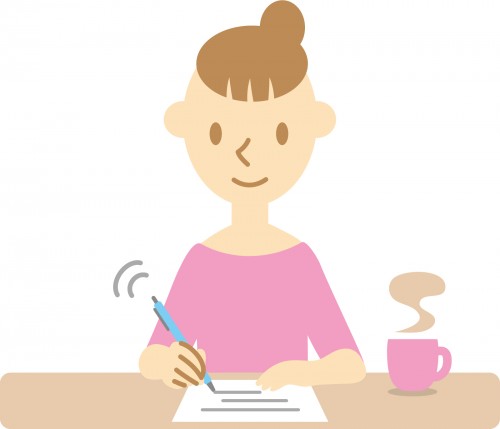
Kaye is going to study in Australia. It has always been her dream to study at a foreign university. Studying abroad is challenging, so she is going to take English lessons to prepare. Her teacher said she needs to be good at English so it will be easier for her to study abroad. Kaye wants to be a kindergarten teacher, so she is going to study Education there.
1. Where is Kaye going to study?
Answer:_______________________________________________
2. Why is Kaye going to take English lessons?
Answer:_______________________________________________
3. What is Kaye going to study?
Answer:_______________________________________________

“…going to…”
1. What is the boy going to do?
Answer:_______________________________________________
2. Is the girl going to water the plant?
Answer:_______________________________________________
1. What are you going to do this weekend?
Answer:_______________________________________________
2. What are you going to eat for dinner?
Answer:_______________________________________________
3. What subject are you going to study after our lesson?
Answer:_______________________________________________
4. What sport are you going to play in Physical Education class?
Answer:_______________________________________________
5. Are you going to watch a movie tonight?
Answer:_______________________________________________
| Grammar 文法 |
Pronunciation 発音 | Vocabulary 単語 |
Comprehension 理解 |
|
|---|---|---|---|---|
 GOOD GOOD |
文法の誤りはほとんどなく、完全な文章で話すことができる | ほとんどの単語をはっきりと正しく発音することができる | 習った表現を適切に使うことができる | 文章を理解し、質問に正しく答えることができる |
 FAIR |
文法の誤りはあるが、完全な文章で話すことができる | 発音の練習が必要な言葉がいくつかある | たまにミスはあるが、習った表現を適切に使うことができる | 文章を完全に理解するのは難しく、質問に正しく答えられないときもある |
 POOR |
文章で話すのは難しく、単語だけで話すことができる | 発音の練習が必要である | 習った単語と表現を少しだけ使うことができる | 文章を理解するのは難しく、質問に答えるのは難しい |
レッスン教材の改善・拡充を図ることを目的とし、アンケートを実施しております。
以下のURLからアンケートにお答えいただき、 ご意見・ご要望をお聞かせください。
アンケートはこちら